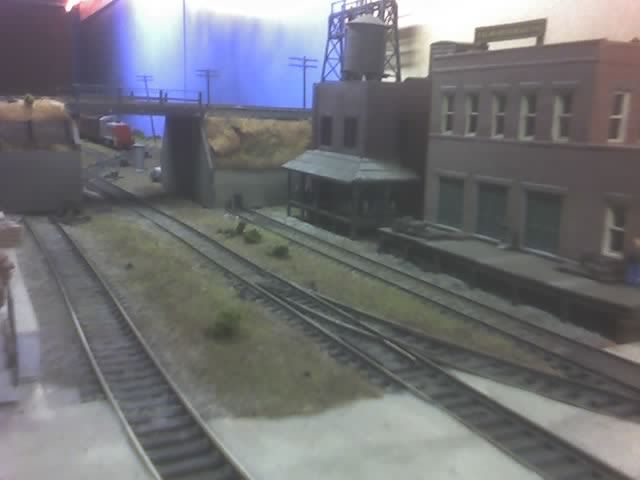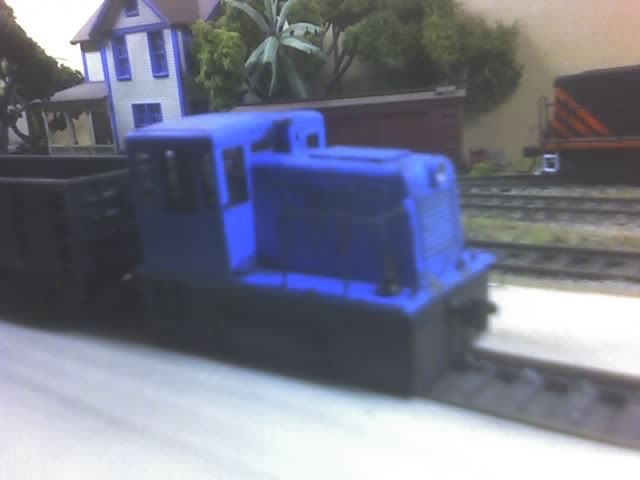I am looking for some inspiration regarding industrial and urban switching layouts in On30. I am interested in designing a module which is heavy on the urban/waterfront industries which includes street running.
Most On30 modellers are doing very light industry or logging/mining, which does not interest me. I'd like to do something similar to an interurban layout, but using critters and small steam (with an industrial mallet thrown in there). I'm thinking 1930's-1945 timeframe, run down back alley theme.
I'm afraid of the scale being too big to do any kind of industry of a reasonable size (an o scale warehouse could take up an entire module!). After modelling in N and HO, I don't know if I can adjust my planning to accomodate the increased volumn of O scale.
Can someone point me towards some urban switching layouts (either O interurban or On30 steam/critter) for inspriation. I'd like to start out with 2 modules @ 2x4 feet.
I did not post this to the planning threads as I am looking specifically for On30 examples and photos, not planning help.
Greg C
Most On30 modellers are doing very light industry or logging/mining, which does not interest me. I'd like to do something similar to an interurban layout, but using critters and small steam (with an industrial mallet thrown in there). I'm thinking 1930's-1945 timeframe, run down back alley theme.
I'm afraid of the scale being too big to do any kind of industry of a reasonable size (an o scale warehouse could take up an entire module!). After modelling in N and HO, I don't know if I can adjust my planning to accomodate the increased volumn of O scale.
Can someone point me towards some urban switching layouts (either O interurban or On30 steam/critter) for inspriation. I'd like to start out with 2 modules @ 2x4 feet.
I did not post this to the planning threads as I am looking specifically for On30 examples and photos, not planning help.
Greg C





